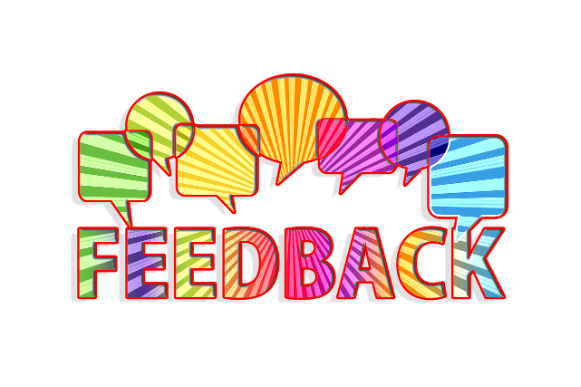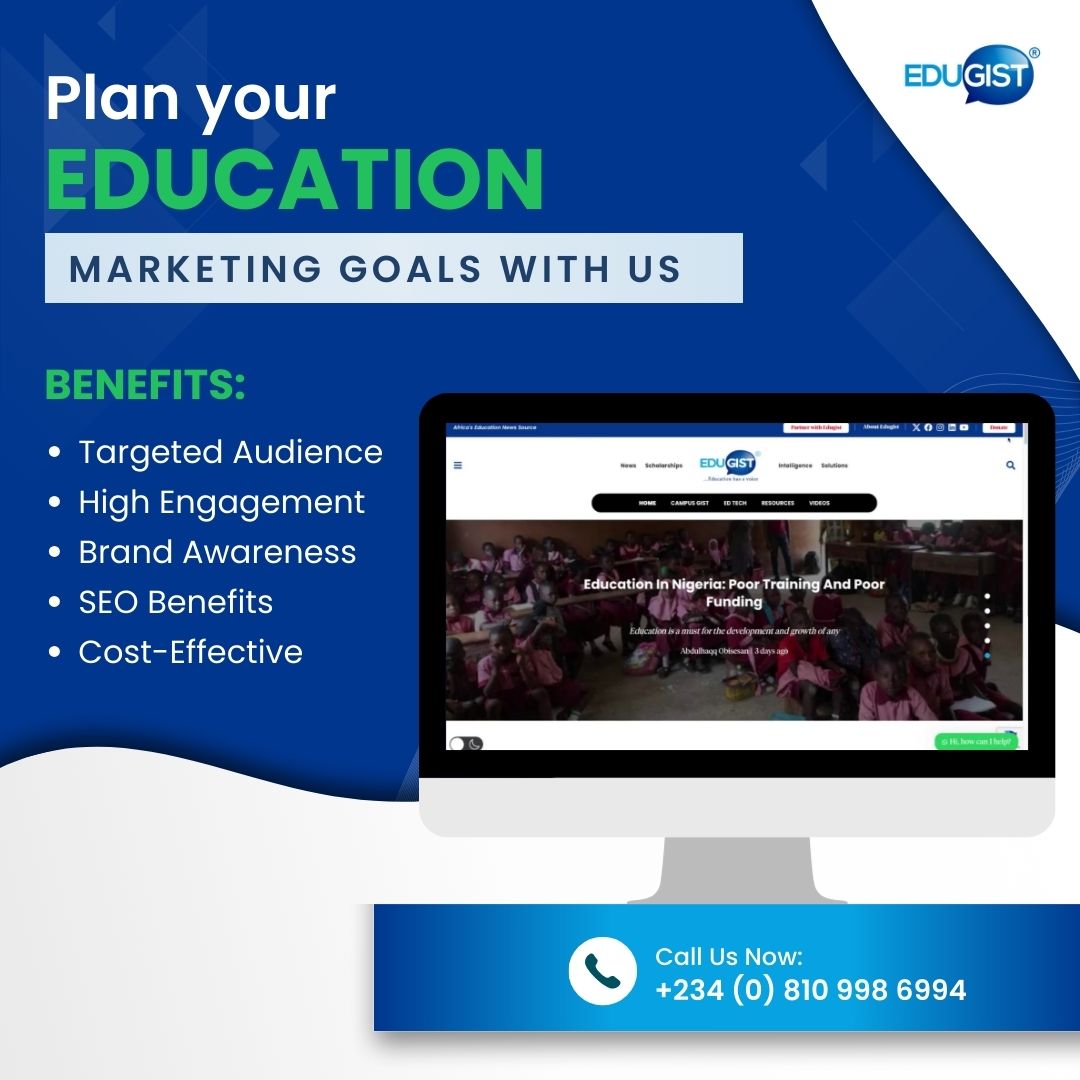In today’s era of continuous improvement and personal development, feedback plays a vital role in shaping our growth as individuals and professionals. As an educator, I have come to appreciate the transformative power of feedback. However, the true journey lies not only in giving feedback but also in our ability to accept and integrate it. Let’s explore the stages of feedback reception and understand how we can navigate them to foster personal and professional growth.
Deny: The Initial Defense Mechanism
When faced with feedback, it is natural to initially feel defensive and deny its validity. Our ego can resist acknowledging areas for improvement or constructive criticism. However, true growth begins when we move past denial and open ourselves to the possibility of learning and evolving.

Defend: Protecting Our Perspective
In the defend stage, we might find ourselves striving to protect our viewpoint. We may offer justifications or counter-arguments, fearing that accepting feedback will undermine our expertise or credibility. It’s crucial to recognize that defending ourselves hinders our growth potential and limits our ability to learn from others’ insights.

Explain: Seeking Common Ground
As we progress on the feedback journey, we reach the explain stage, where we start seeking common ground between our perspective and the feedback received. Here, we can articulate our thoughts and share our rationale for certain actions or decisions. Engaging in constructive dialogue can foster understanding and create a platform for mutual learning.

Understand: Empathy and Self-Reflection
Reaching the understand stage requires a mindset shift. It involves embracing empathy and actively seeking to understand the intentions and observations behind the feedback received. By putting ourselves in the giver’s shoes, we can gain valuable insights into our blind spots and areas for improvement. Self-reflection becomes a powerful tool for personal growth.
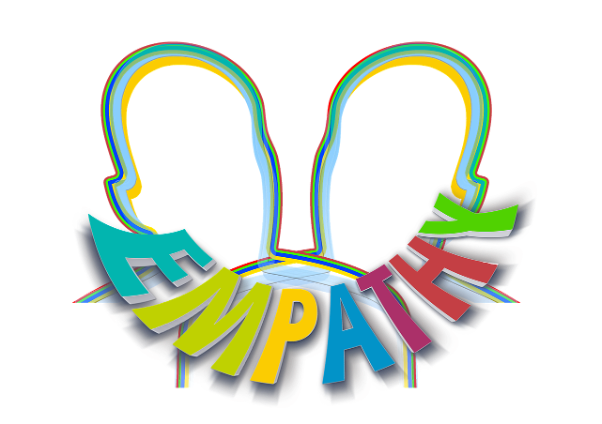
Understand: Empathy and Self-Reflection
Reaching the understand stage requires a mindset shift. It involves embracing empathy and actively seeking to understand the intentions and observations behind the feedback received. By putting ourselves in the giver’s shoes, we can gain valuable insights into our blind spots and areas for improvement. Self-reflection becomes a powerful tool for personal growth.
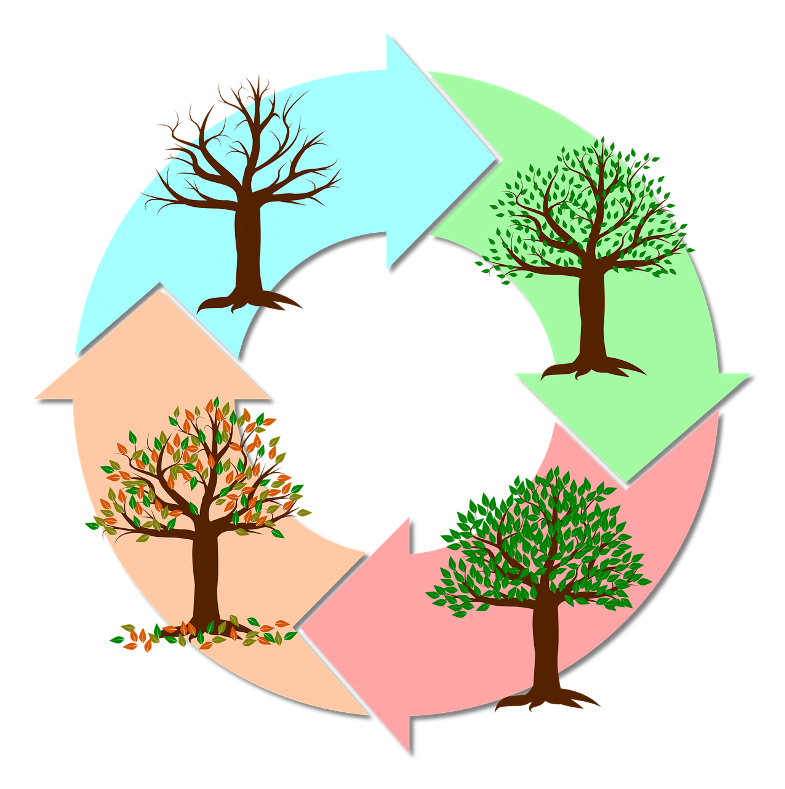
Change: Integrating Feedback for Growth
The ultimate destination on the feedback journey is change. It is in this stage that we internalize the feedback, integrate it into our actions, and make tangible improvements. Change signifies our commitment to continuous growth and our willingness to adapt based on valuable input from others.
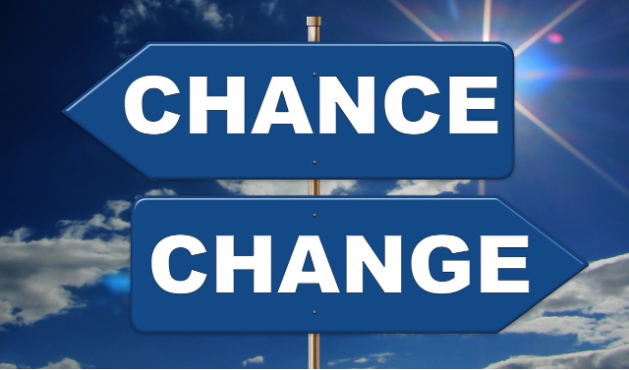
Conclusion:
As educators, we have a unique opportunity to both give and receive feedback. To truly unlock our growth potential, we must transcend the stages of denial and defensiveness and strive to understand and embrace feedback. By actively listening, reflecting, and integrating feedback, we can foster personal and professional growth, inspire others, and create a culture of continuous improvement. Let us embark on this transformative journey together, embracing feedback as a catalyst for positive change.





